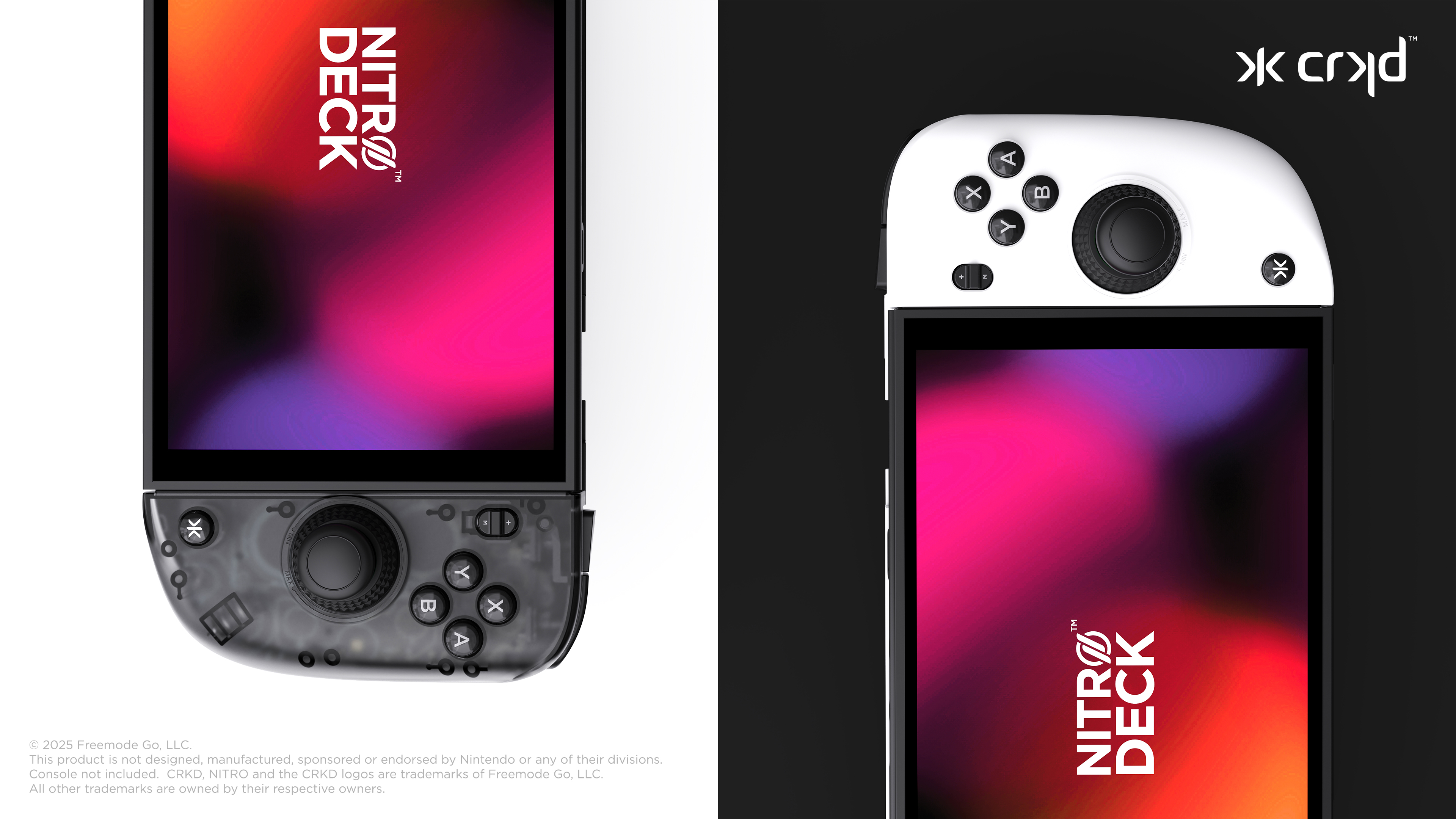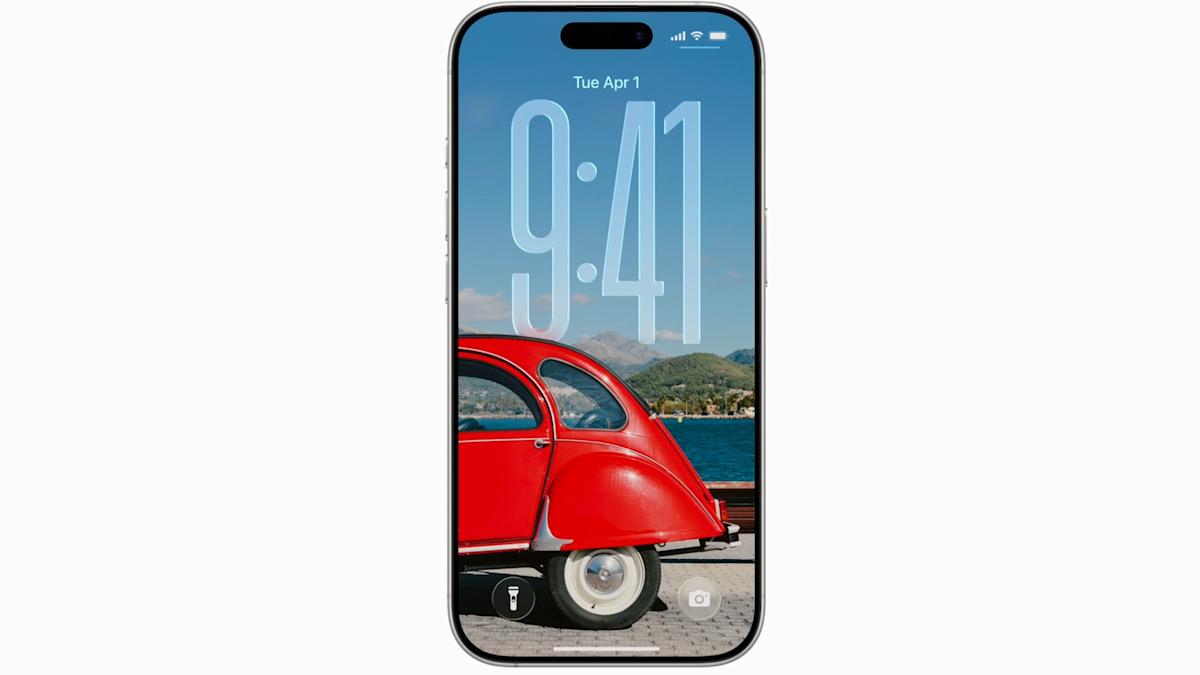The Sennheiser HDB 630 headphones, priced at $500, represent a significant advancement in portable high-resolution audio. Designed to cater to audiophiles, these headphones aim to bridge the gap between wired and wireless listening experiences, addressing common challenges such as audio compression associated with Bluetooth technology. With the HDB 630, Sennheiser has introduced innovative features that enhance sound quality, making it a compelling choice for music enthusiasts seeking a premium listening experience.
One of the standout features of the HDB 630 is its ability to deliver high-resolution audio up to 24-bit/96kHz, facilitated by redesigned drivers and a new acoustic platform. This capability is further enhanced by the inclusion of the BTD 700 USB-C dongle, which allows for high-quality wireless audio transmission. The HDB 630 also boasts active noise cancellation (ANC) and a customizable equalizer, providing users with the flexibility to tailor their listening experience to their preferences.
Design and Build Quality
While the HDB 630 shares its chassis with Sennheiser’s Momentum 4 headphones, its aesthetics may not fully reflect its premium price point. The design incorporates a splash of silver on the headband and yokes, but overall, it may appear more midrange than high-end. The headphones feature a touch panel on the right ear cup, allowing users to control playback through swipe, tap, and pinch gestures. Although the pinch gesture for adjusting ANC levels is unique, some users may find it less intuitive compared to traditional controls.
The HDB 630 is designed for comfort, with soft ear pads and a cushioned headband that accommodates long listening sessions. Despite being slightly heavier than its predecessor, the headphones maintain a balanced feel, ensuring they do not become cumbersome during extended use.
Sound Quality
The audio performance of the HDB 630 is where it truly shines. Equipped with 42mm drivers, these headphones aim to deliver a neutral sound profile characterized by lifelike mids and a wide soundstage. However, the stock tuning tends to emphasize the midrange, which may require users to adjust the equalizer settings to achieve the desired bass response, especially for genres like rock and hip-hop.
Upon connecting to the BTD 700 dongle, the audio quality significantly improves, revealing the headphones’ potential. While the HDB 630 excels with immersive electronic music, such as the TRON: Ares soundtrack, it may not deliver the same level of engagement across all genres. For instance, transitioning to rock music may result in a slightly flatter sound, although clarity and detail remain impressive.
Connectivity and Features
The BTD 700 Bluetooth USB dongle is a crucial accessory for unlocking the HDB 630’s full potential. It supports aptX Adaptive and aptX Lossless codecs, allowing for high-quality streaming. The dongle also features a low-latency gaming mode and enhanced call performance, making it a versatile addition to the listening experience. While the dongle connects via USB-C, an adapter for USB-A is included, ensuring compatibility with a range of devices.
Users can access various settings and features through the Sennheiser Smart Control Plus app, which offers a parametric equalizer for detailed sound customization. The app also includes a Crossfeed feature, allowing users to blend left and right audio channels for a more speaker-like listening experience. However, the lack of a desktop version of the app means adjustments must be made on a mobile device before connecting to a computer.
Active Noise Cancellation Performance
The ANC performance of the HDB 630 is commendable, effectively blocking out ambient noise during use. While it may not surpass the Momentum 4, the ANC is robust enough to minimize distractions in various environments. Users can expect a solid performance, making these headphones suitable for both casual listening and professional settings.
Battery Life and Charging
Sennheiser claims that the HDB 630 offers up to 60 hours of battery life with ANC enabled, a figure that holds true during testing. For users who primarily utilize the BTD 700 for high-resolution audio, battery life is reduced to approximately 45 hours, which remains competitive compared to other offerings in the market. A quick 10-minute charge provides up to seven hours of playback, ensuring that users can quickly regain functionality if the battery runs low.
Market Position and Alternatives
In the current headphone market, the HDB 630 competes with other high-end models, such as the Bose QuietComfort Ultra Headphones and Sony WH-1000XM6, both priced similarly. While these alternatives offer their own advantages, the HDB 630 stands out for its sound quality, particularly for audiophiles seeking an experience akin to open-back headphones in a portable format.
Although the HDB 630 may not be the best fit for everyone, especially those who prioritize a more bass-heavy profile, it represents a significant step forward in high-resolution wireless audio. For consumers willing to invest in premium sound quality and advanced features, the HDB 630 is a worthy consideration.
Conclusion
Overall, the Sennheiser HDB 630 headphones offer a compelling blend of high-resolution audio, customizable features, and impressive battery life, making them an attractive option for audiophiles on the go. While the design may not fully convey their premium pricing, the audio performance and flexibility provided by the accompanying BTD 700 dongle make these headphones a standout choice in the competitive headphone market. For those seeking the best sound quality in a wireless format, the HDB 630 is a noteworthy investment.




